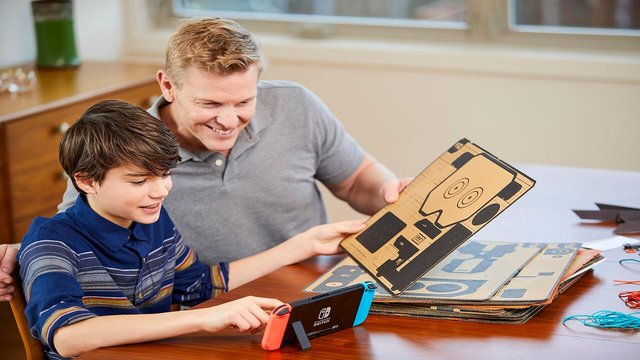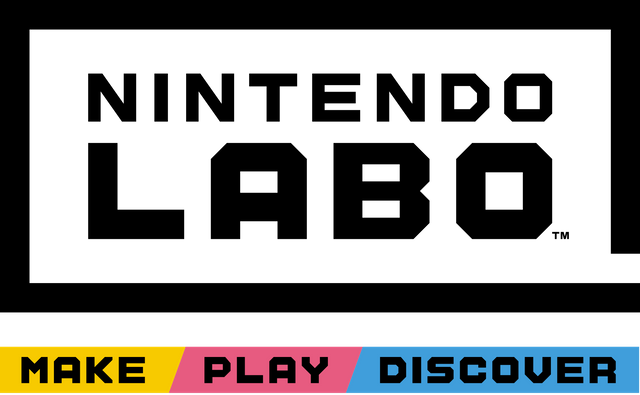Coding a Music Track on Nintendo Labo with Toy-Con Garage
"Over the past couple of weeks on YouTube, Nintendo’s been teasing what you can do with Labo – the Do-It-Yourself cardboard adornment kit for the Switch – which will come out this Friday. "
Over the past couple of weeks on YouTube, Nintendo’s been teasing what you can do with Labo – the Do-It-Yourself cardboard adornment kit for the Switch – which will come out this Friday. Probably the most interesting video clips was an illustration of Toy-Con Garage, the programming platform inside of Labo’s software program. Utilizing the toy keyboard contained in the Variety Kit, a makeshift cardboard instrument, and numerous controllers (such as a single connection to some Crocs), Nintendo demonstrated off a Labo music band.

Image Source
There are a few really innovative use cases for Toy-Con Garage, a few of which enable Rube Goldberg machine-like feasibility. But making use if the Switch being a device for audio development appeared like probably the most sensible and encouraging attributes of Labo, therefore I made a decision to examine it out personally. One of the primary difficulties was locating a track which was not so difficult to play on the toy piano’s restricted quantity of keys, as well as employed minimum guitar chords, given that I have had a need to program each and every note one by one. I decided “Rainbow Connection” from the Muppets film due to that fact I naively believed it will be simple. It had been difficult. It had been probably the most psychologically depleting encounters focused more challenging on this than I have done on my very own actual SATs.
Toy-Con Garage works together with a number of input and output nodes. You are able to set up your input (for example, a touch bar) and link that to an output node (in our situation, creating a guitar sounds). Inputs and outputs are extremely personalized. You are able to set them to ensure that an element of the screen lights up whenever you shake a controller, or create a blue controller vibrate when an IR sticker label is discovered by the infrared camera on the red controller. You could also have outputs be determined by a number of inputs, which was the component I had the far the most trouble with.
Switching chords on a genuine guitar instrument are simple. Switching chords on a Switch requires much more computation and preparation since you need to separately program each note in each chord, and after that designate each chord to some switch on the controller, which is an individual input. With “Rainbow Connection”, I needed to program eight various chords, with six notes for each chord. That is quite a bit of node! Additionally, there is only a great deal of space you need to work with; therefore I was continuously shifting nodes unintentionally while attempting to program another thing. The outcome looked something similar to this:

Image Source
Exactly like how Apple’s Swift Playgrounds does not really educate you on how you can code, Toy-Con Garage is a platform to instruct children about code. Perhaps I realize the idea of “if this then that” coding far better now, but nonetheless, the one thing I am in a position to use this information to is inside Labo. And that is great! That is a part of what Labo is centered on trial and error, discovering and testing.
I am looking towards Labo in the arriving days following its launch this Friday. Since the platform develops and people these days obtain their hands on it, we are able to anticipate an increasing neighborhood of designers sharing their very own codes for many different assignments and all the brand new breakthroughs they have developed.
References:
http://www.ign.com/wikis/nintendo-labo/Toy-Con_Garage
https://labo.nintendo.com/invent/
https://www.polygon.com/2018/2/1/16960622/nintendo-labo-toy-con-garage-custom-feature